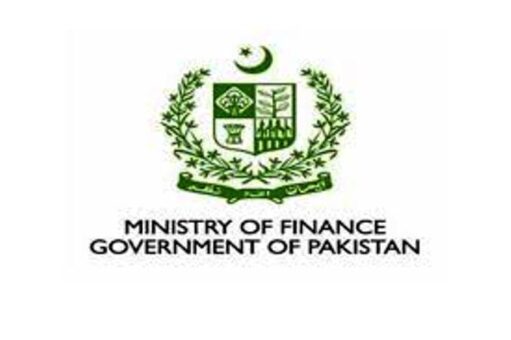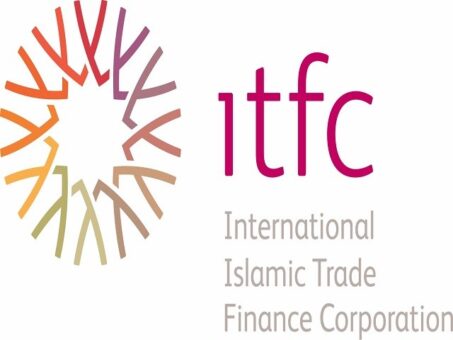ISLAMABAD: The Finance Division has issued a notification to implement the decision of the government to raise 10 per cent increase in pension to pensioners of the federal government.
Prime Minister Shahbaz Sharif has sanctioned an increase of 10 per cent of net pension with effect from April 01, 2022 until further orders to all civil pensioners of the federal government including civilians paid from defence estimates as well as retired armed forces personnel and civil armed forces personnel.
READ MORE: SBP’s instructions on pensioners biometric verification
The finance division explained that for the purpose of admissibility of increase in pension sanctioned the term ‘Net Pension’ as pension being drawn minus medical allowance.
The increase will also be admissible on family pension granted under the pension-cum-gratuity scheme, 1954, Liberalized Pension Rules, 1977, on pension sanctioned under the Central Civil Services (Extraordinary Pension) Rules as well as on the Compassionate Allowance under CSR-353.
READ MORE: EOBI to launch self assessment scheme for employers
The finance division said that if the gross pension sanctioned by the federal government is shared with any government in accordance with the rules laid down in Part-IV of Appendix-III to the Accounts Code, Volume-I, the amount of the increase in pension will be apportioned between the federal government and the other government concerned on proportionate basis.
READ MORE: Mandatory biometric verification restored for pensioners
“The increase in pension sanctioned will not be admissible on special additional pension allowed in lieu of pre-retirement orderly allowance and monetized value of a driver or an orderly,” it said.
The benefit of increase in pension sanctioned will also be admissible to those civil pensioners of the federal government who are residing abroad (other than those residing in India and Bangladesh) who retired on or after August 15, 1947 and are not entitled to, or are not in receipt of pension increase under the British Government’s Pension (increase) Acts.
The payment will be made at the applicable rate of exchange, it said.
READ MORE: Pensioners living abroad require presenting life certificate



